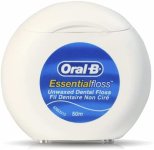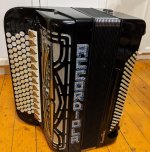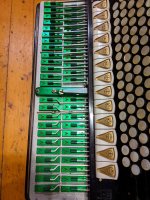Hi All.
Apologies for a daft question...
But do CBAs come with real Mother of Pearl buttons?
If they do, do they tend to yellow with age, and is there a good way to bring back the white shine into them?
Just bought a new (to me. Probably 1960s) box for me to grow into, and while I was thinking "It would be good to polish up these buttons as they are starting to yellow" I realised that the buttons might actually be real MoP... If I run a stanley knife tip over the back of them, it produces fine powder instead of chattering, like it does on a plastic button.
A separate question - what's the safest way to clean the outside of the newly acquired box? It's black. Almost perfect polish - not sure if it's celluloid or lacquer!
I have used a 50-50 mix of isopropyl and vinegar for bellows, insides and outsides before with good success, but it does haze the celluloid and requires a good polish after it. Since the box is already mirror polished, I don't really want to ruin it.
Thank you.
Apologies for a daft question...
But do CBAs come with real Mother of Pearl buttons?
If they do, do they tend to yellow with age, and is there a good way to bring back the white shine into them?
Just bought a new (to me. Probably 1960s) box for me to grow into, and while I was thinking "It would be good to polish up these buttons as they are starting to yellow" I realised that the buttons might actually be real MoP... If I run a stanley knife tip over the back of them, it produces fine powder instead of chattering, like it does on a plastic button.
A separate question - what's the safest way to clean the outside of the newly acquired box? It's black. Almost perfect polish - not sure if it's celluloid or lacquer!
I have used a 50-50 mix of isopropyl and vinegar for bellows, insides and outsides before with good success, but it does haze the celluloid and requires a good polish after it. Since the box is already mirror polished, I don't really want to ruin it.
Thank you.





